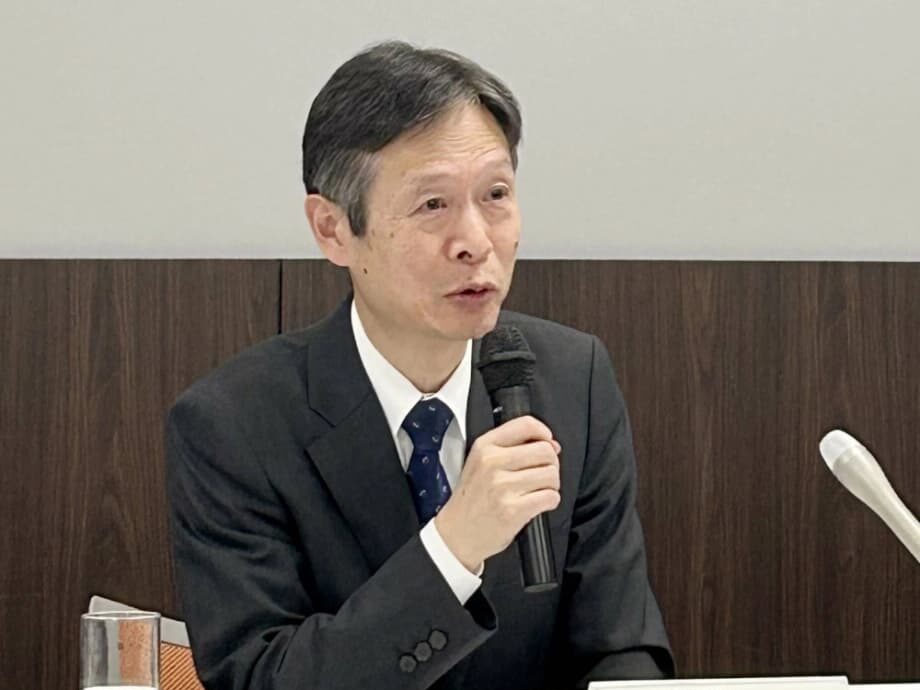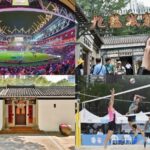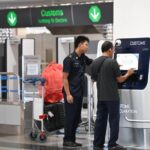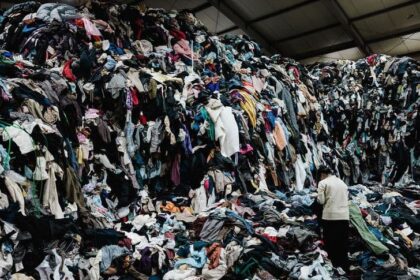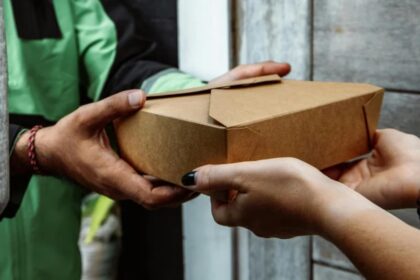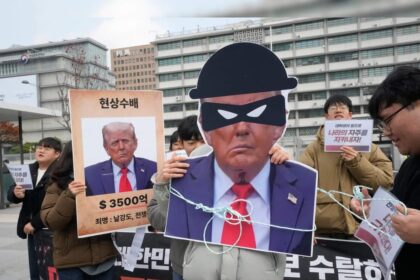What is driving the 11 trillion yen price tag
Japan’s next generation maglev line between Tokyo and Nagoya will cost 11 trillion yen, according to the latest estimate by Central Japan Railway Company. The budget has almost doubled from the original projection of 5.52 trillion yen and is well above the 7.04 trillion yen estimate published in 2021. The company cited soaring prices and the scale of difficult works as key reasons. The revision comes as the project’s schedule moves out to 2035 at the earliest.
- What is driving the 11 trillion yen price tag
- Timeline shifts and the Shizuoka bottleneck
- How the maglev works
- Engineering challenges at stations and along the route
- What passengers and Japan’s economy could gain
- The financing plan
- Environmental safeguards and local concerns
- Next steps for the project
- What to Know
The new figure reflects an additional outlay of around 4 trillion yen. Company figures indicate about 2.3 trillion yen for higher material and labor costs, and roughly 1.2 trillion yen for difficult construction zones that include long mountain tunnels. The updated planning also sets aside funds as a buffer against future inflation and for design refinements, including roughly 400 billion yen tied to tunnel design revisions. The company says these estimates are based on a provisional 2035 opening used for calculations.
At a news conference in Nagoya, JR Central’s president, Shunsuke Niwa, addressed the latest surge in costs and the pressure it places on the project.
He first underscored that management is responding to the jump in the budget and that the company remains committed to the project’s goals.
JR Central President Shunsuke Niwa: “I take the increase in the construction costs seriously.”
A pattern of rising estimates
The 2021 revision provided an early look at what would drive the budget upward. Complex station work at both Shinagawa and Nagoya accounted for a large share, given excavation under and around busy urban infrastructure with limited space and mostly overnight work windows. That revision also folded in enhanced earthquake countermeasures after testing on the Yamanashi maglev test line, as well as the cost of securing disposal sites and transport for vast volumes of tunnel spoil. The route includes a long, deep tunnel beneath the Southern Alps, which adds difficult geology to the mix.
Timeline shifts and the Shizuoka bottleneck
The project’s debut has moved out by roughly eight years, with JR Central now working with a 2035 start at the earliest. The company characterizes 2035 as a convenient planning year rather than a firm launch date. The date reflects both the time required to finish tunneling under the Southern Alps and continuing uncertainty over when builders can fully access a key stretch in Shizuoka Prefecture.
Shizuoka has been the project’s most persistent bottleneck. Local authorities have withheld consent for work on a roughly 9 kilometer section that passes under the source area of the Oi River. Officials and residents have raised concerns that the deep tunnel could affect river flow and local water resources. Until access is granted and tunnel boring begins in that segment, the critical path remains fragile.
While political leadership in Shizuoka has changed, the environmental review and negotiation process continues. JR Central has said the 2035 year is used for financial calculations and should not be read as a confirmed opening date. The company must synchronize completion of tunnel drives, station works, systems installation, and certification to reach service readiness.
How the maglev works
The Chuo Shinkansen will use superconducting maglev technology, called SCMaglev in Japan. Instead of steel wheels on rails, superconducting magnets on the train interact with specially arranged coils in the guideway to produce lift and propulsion. The train accelerates on rubber tires at low speed. Once it reaches about 150 kilometers per hour, magnetic forces lift the train roughly 10 centimeters above the guideway, eliminating contact and greatly reducing mechanical friction.
The technology enables very high cruising speed and fast acceleration. The service is designed for a maximum operating speed of 505 kilometers per hour. In testing, an L0 Series train set a world speed record of 603 kilometers per hour in 2015. The Tokyo to Nagoya trip is planned to take about 40 minutes, compared with roughly 1 hour 40 minutes on today’s fastest Tokaido Shinkansen trains. Most of the 286 kilometer route to Nagoya will run in tunnels, a choice that creates a straight, resilient alignment with gentle curves and steady gradients suited to very high speed and seismic safety.
Why tunnels drive cost and complexity
About 90 percent of the Tokyo to Nagoya line will be underground, including a deep tunnel beneath the Southern Alps. One section is expected to extend about 25 kilometers at depths that reach roughly 1,400 meters below the surface. That is unprecedented in Japan. High overburden pressures, variable rock quality, groundwater management, and the need for extensive ventilation and emergency egress facilities all add technical risk. The guideway for maglev also demands rigorous tolerances, power supply and control systems that must be threaded through constrained underground spaces, and bespoke construction logistics for spoil removal. These risks and logistics increase time and cost, particularly when tunneling under mountains and through urban cores.
Engineering challenges at stations and along the route
Station construction at Shinagawa and Nagoya is among the most complex civil work on the project. Much of the digging must occur directly beneath active transport hubs and dense neighborhoods. To limit disruption, crews have small work windows, often at night. Equipment and materials must move in and out through narrow access points. JR Central has broken down station contracts to manage risks and sequence activities, yet those measures come with higher overhead and contingency costs.
Seismic design also adds cost. After vibration testing on the Yamanashi test section and studies at the Komaki Research Center, the company strengthened earthquake countermeasures for structures such as elevated segments and station boxes. Reinforcement work, added damping, and redundancies in power and control systems raise the budget but are essential for safety and quick recovery after strong shaking.
Tunnel spoil is another major cost driver. Excavation generates millions of cubic meters of rock and soil that must be transported, processed, and reused or disposed of. Space for staging and hauling is limited in cities and mountain valleys. Part of the plan uses reclamation sites at ports, including work connected to Shinhommoku Pier in Yokohama, yet even when reuse is possible, transport and handling still account for a sizable bill.
What passengers and Japan’s economy could gain
Once the maglev opens, travel between Tokyo and Nagoya will compress to about 40 minutes. The eventual extension to Osaka aims for around 67 minutes between Japan’s two largest metro areas. That timing reshapes day trips, business scheduling, and where people can comfortably live and work. The new route will also relieve the Tokaido Shinkansen, which is one of the world’s busiest high speed lines. Shifting a share of travelers to the maglev should free capacity for more frequent conventional bullet trains and create resiliency when weather or incidents disrupt coastal routes.
The line is expected to draw passengers from domestic air routes that link the same cities. Trains offer center to center trips with less time lost to airport transfers and security, especially when door to door time is compared. Energy use per passenger rises with very high speed, yet trains still consume far less energy than airplanes, particularly on short to medium distances. JR Central’s long experience with the Shinkansen, which has recorded zero passenger fatalities from train accidents in six decades, sets a high bar for safety. The maglev will be designed to meet or exceed that standard.
The financing plan
JR Central says it can fund the higher budget through a mix of operating cash flow and external financing. The company expects to issue corporate bonds and take out loans while maintaining financial stability. Internal projections use an assumed interest rate of about 3 percent. On the revenue side, the company has modeled the first full fiscal year after opening with operating revenue of around 1.64 trillion yen and ordinary profit of about 65 billion yen, alongside outstanding long term debt on the order of 7.1 trillion yen. These figures depend on the line beginning service around 2035, which remains a provisional assumption.
Fare and demand assumptions include a modest premium over current high speed rail. Planning documents use a 700 yen increase over the reserved seat fare of the Nozomi service on the Tokaido Shinkansen. The model anticipates a shift of riders from both air travel and the existing Shinkansen. Management has stated that, if sound operations and stable dividends could not be maintained under changing conditions, the construction pace would be adjusted. That stance indicates flexibility if the economy, costs, or timelines move again.
Environmental safeguards and local concerns
The environmental debate in Shizuoka centers on the Oi River, an important water source for people and agriculture. Excavation deep below the river’s source area raises the risk of groundwater inflow into tunnels during and after construction. Reduced outflow could affect river levels. JR Central has proposed mitigation, including sealing techniques, real time monitoring, and measures to capture and return water where needed. The company has also laid out a plan for independent oversight and data disclosure. Trust in these measures is still being negotiated with local authorities and communities.
Construction noise, disposal of spoil, and impacts on mountain ecosystems are also in focus. The company has eyed reuse of excavated material in port and reclamation projects to limit landfill use, which helps reduce truck traffic and dust in urban areas. The route choice inland and through mountains is intended to improve resilience against tsunamis and coastal storms, but it shifts more of the build into sensitive highland environments. Careful phasing, monitoring, and transparent reporting will be central to keeping local support as construction advances.
Next steps for the project
Tunneling and station excavation continue along multiple fronts. The central tasks are to complete access and permits in Shizuoka, finish the deep mountain drives beneath the Southern Alps, and advance complex underground works at Shinagawa and Nagoya. Once the civil works are sealed and systems are installed, the company will integrate power, signaling, and control with the L0 Series trainsets, then conduct lengthy high speed test runs on the new main line. Safety certifications and government inspections will follow before any public service begins.
The first stage covers Tokyo to Nagoya with intermediate stations planned for Sagamihara, Kofu, Iida, and Nakatsugawa. After the Nagoya opening, the line is planned to extend to Osaka with additional stations in Mie and Nara. That second stage will require its own environmental reviews, funding, and construction timeline. For now, 2035 is the year used to balance the books and sequence the work, but the actual start of service will depend on how quickly the toughest tunnels and the Shizuoka segment progress.
What to Know
- JR Central raised the Chuo Shinkansen maglev budget to 11 trillion yen, nearly double the original estimate.
- The previous cost estimate was 7.04 trillion yen in 2021 after earlier revisions for station works and seismic upgrades.
- About 4 trillion yen more is now needed, including roughly 2.3 trillion yen for materials and labor and 1.2 trillion yen for difficult construction.
- The company is using 2035 as a provisional opening year for planning, but it is not a confirmed start date.
- Access to a 9 kilometer section in Shizuoka remains unresolved due to concerns about the Oi River’s water flow.
- The line will run about 286 kilometers between Tokyo and Nagoya, with around 90 percent in tunnels beneath the Southern Alps and urban areas.
- Planned operating speed is 505 kilometers per hour, cutting Tokyo to Nagoya travel to about 40 minutes.
- JR Central plans to fund the project through operating cash flow plus bonds and loans, assuming around 3 percent interest.
- Internal models project about 1.64 trillion yen in operating revenue in the first full fiscal year after opening.
- Fare planning assumes a 700 yen premium over today’s Nozomi reserved seat, expecting riders to shift from air and the Tokaido Shinkansen.


